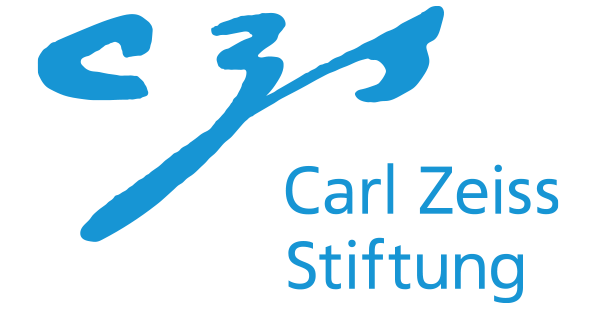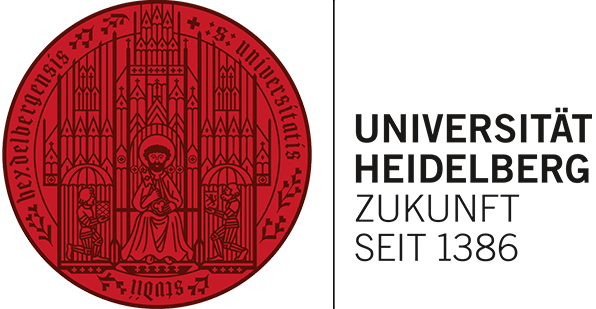Integrated Multiscale Nanomanufacturing (B2)




Thrust B2 will establish novel material deposition methods for 3D printing at the micrometer to nanometer scale, thereby covering material systems that are not amenable to either photopolymerization, or chemical conversion from photoresists. Since direct deposition methods are generally very fast (deposition in the range of 1 m/s), the focus of the work will be on achieving precise control of printing, for the onset and termination of material deposition, as well as for achieving precise longitudinal and lateral placement of the material, and a means to monitor deposition in real time. In order to ensure excellent bonding between printing layers, the Thrust will also implement precise plasma activation to augment the deposition processes.
The Thrust will additionally establish the KHAMP (Karlsruhe-Heidelberg Additive Nanomanufacturing Platform), a setup that will co-integrate existing printing technologies (inkjet, aerosol jet printing, direct laser writing) and ensure registration and printing control over all technologies, thereby facilitating the use of the technologies by applications scientists.
Thrust B2 relies heavily on access to printable materials with additional degrees of freedom for achieving hierarchies of function and morphology, and will cooperate strongly with Thrusts A1 to A3. Thrust B2 will make its technologies available to all users in Thrusts C1 to C3, and will rely on Thrust B3 for morphological qualification at the nanometer to sub-nanometer scale.

Prof. Dr. Jan Korvink
Karlsruhe Institute of Technology

Prof. Dr. Uwe Bunz
Heidelberg University
Please also note our dedicated Opportunities page.
Images
Description: Renewable and environment-friendly precursor rice paper sheet is used to fabricate 3D cellular carbon material. The 3D carbon is lightweight, fire-resistant, and mechanically stiff. (Source: Dr. Monsur Islam (IMT, KIT))
Description: Electrospinnability of synthetic polymer poly (phenylene ether) (PPE) with addition of Poly(methyl methacrylate) (PMMA), which shows different combinations from electrospraying to electrospinning. Collaboration between B2 and A3. (Source: Ahsana Sadaf (IMT, KIT), Maximilian Elter (Uni Heidelberg))
Description: Near-field electrospinning for patterning of polymeric nanofibers. The polymeric patterned nanofibers can be further thermally converted to patterned carbon nanofibers. Collaboration between B2 and A3. (Source: Ahsana Sadaf (IMT, KIT))
Description: 3D architecture of carbon microlattices is derived through pyrolysis of stereolithographically 3D printed epoxy. The carbon microlattice architecture shows promising results as a customizable personized scaffold for tissue engineering. (Source: Dr. Monsur Islam (IMT, KIT))




